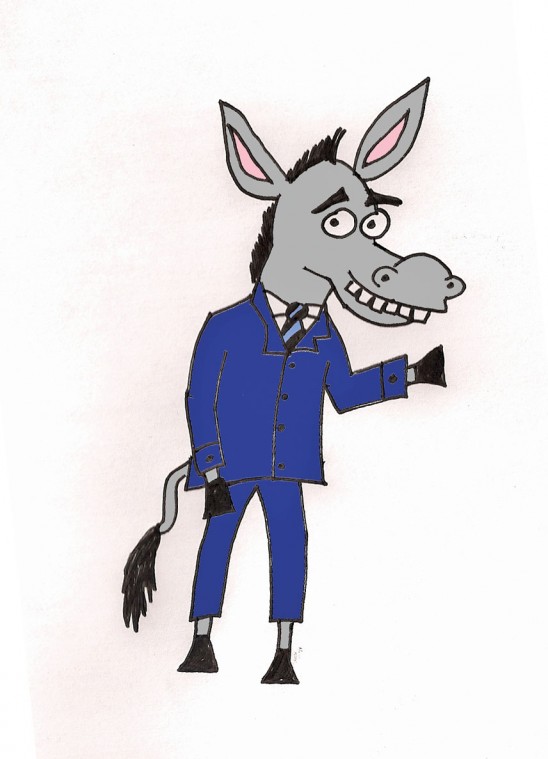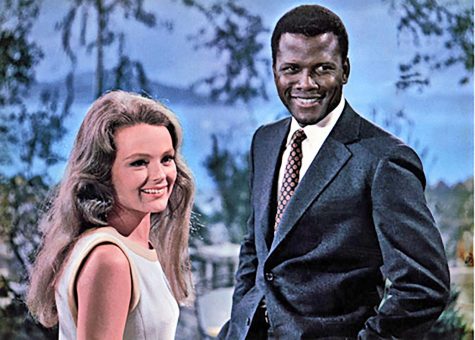The flip-side: A brief history of liberalism
This article is the second in a two-part series that looks at the philosophical and historical origins of the modern conservative and liberal movements in the United States.
Liberalism, to some, is a dirty word. A 2010 Gallup poll found that 42 percent of those polled identified as conservatives, but only 20 percent claimed to be liberal.
The distinction between classical liberalism, which espoused limited government, individual freedom and served as one of the founding ideals of the United States, and the more modern development of social liberalism gives the term a broad range of meanings.
Modern liberalism began to develop under progressive leaders like Woodrow Wilson, who was inspired by the activist government put in place by predecessor Theodore Roosevelt, a Republican. The movement placed an emphasis on government action to provide social justice.
Wilson, elected in 1912, pushed Congress to pass the Federal Reserve Act, creating a central banking system; a wide array of anti-trust reforms, which sought to prevent anti-competitive business practices; and the Revenue Act of 1913, creating a progressive income tax.
After the Great Depression struck, Franklin D. Roosevelt defeated President Herbert Hoover. Promising a “New Deal” for Americans, the first days of Roosevelt’s presidency saw a great number of economic measures meant to alleviate the economic crisis.
Reforms focused on immediate aid, providing relief funds to American citizens and establishing public works projects. Roosevelt and Congress also enacted Social Security to support the elderly.
The Roosevelt era led to increased federal involvement economically and socially, requiring massive increases in spending and forever altering American thought on the role of federal government.
President John F. Kennedy took office following the terms of Presidents Harry S. Truman and Dwight D. Eisenhower. Although Kennedy was assassinated before completing his term, his policies had a profound effect.
The “New Frontier” policies focused on civil rights on a national and international scale. Government aid to citizens was expanded in virtually every way. Some measures, like the executive order that created the Peace Corps, expanded the role of the federal government from providing aid for Americans to providing aid internationally.
Such legislative measures were costly, but the rhetoric of the New Frontier encouraged taxpayers to shoulder the burden, as evidenced by Kennedy’s famous line, “Ask not what your country can do for you, ask what you can do for your country.”
Vice President Lyndon B. Johnson took office following the assassination and won re-election in a landslide.
Johnson continued along the path set out by Kennedy with his “Great Society” policies, which included the creations of such programs as Medicare and Medicaid.
Johnson, a Southerner, also signed the Civil Rights Act and the Voting Rights Act aimed at ensuring equality for black Americans.
Large increases in spending on education, medical care and urban renewal sought to develop America into a domestic utopia, but attention shifted to the war in Vietnam, which siphoned some of the funding for the Great Society programs.
Vietnam and the Civil Rights era led to the “New Left,” a movement generally characterized as a band of disillusioned communists, academics, students and others who rebelled against the nation’s foreign policy and the traditional culture.
Protests for the rights of black Americans and against the Vietnam War were iconic demonstrations of this mindset. In 1972, the left had its candidate in Sen. George McGovern, D-S.D., who ran on a platform of ending the Vietnam War, providing amnesty to draft evaders and cutting defense spending by over one-third over three years. However, the comparatively radical nature of his platform helped lead to a defeat in the 1972 election.
The Watergate scandal helped lead to the election of Georgia Gov. Jimmy Carter, a moderate, in 1976.
Sen. Edward Kennedy, D-Mass., challenged Carter in 1980 by running on a liberal platform of job security and taxing the wealthy to pay for social programs. Carter held off Kennedy, but eventually lost to conservative standard-bearer Ronald Reagan.
After Carter, a general lull occurred for liberals throughout the presidencies of Reagan and George H.W. Bush.
Many liberal issues resurfaced during Bill Clinton’s first years in office. Most famously, Clinton pushed a universal health care plan in 1993, a liberal goal going back to Harry Truman’s presidency. The public soured on the plan, however, and Republicans ran against the bill and gained control of the House of Representatives in 1994 for the first time in more than five decades.
After the 1994 election, Clinton became more moderate and even famously declared in 1996 that “the era of big government is over.”
Barack Obama’s presidential run in some ways represented a return to liberal policies. Obama gained favor early in the 2008 election for opposing the War in Iraq.
The $780 billion stimulus bill incorporated several liberal ideas, including federal spending on infrastructure, education and direct assistance to citizens. Obama also picked up where Clinton left off, passing health care legislation requiring all citizens to buy health insurance.
The tenets of modern liberalism remain controversial. Economists and historians still debate the effects of social programs and even whether Roosevelt’s New Deal extended or ended the Great Depression. The threads of those debates still rage in the politics of today.






